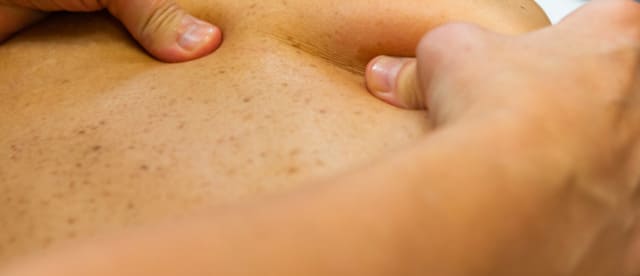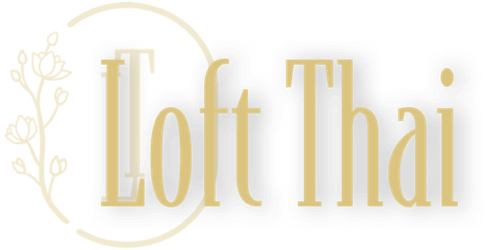
Swedish massage and Thai massage are two well-liked types of massage therapy that use various methods and techniques. While both types of massage can help people unwind and relieve stress, their approaches and objectives are different.
The main distinctions between Thai massage and Swedish massage in terms of technique and approach will be discussed in this review essay.
Technique
Thai massage is a type of bodywork that includes deep massage methods, yoga-like flexibility, and acupressure. Pressure is applied to certain body parts using the hands, feet, elbows, and knees of the massage therapist. The massage recipient often lies on a mat on the floor while being fully clothed. The massage therapist may exert pressure and stretch the recipient's body into various positions using their own body weight.
As opposed to this, Swedish massage uses lengthy strokes, kneading, and circular movements to revitalize and calm the body. The massage therapist applies pressure on the muscles and joints with their hands, forearms, or elbows. The patient often lies on a massage table with a sheet or towel covering him or her.
Approach
The approaches to massage therapy taken by Thai massage and Swedish massage are also different. Thai massage is founded on the idea that the body is covered in energy lines, or sen. To encourage balance and harmony in the body, the massage therapist strives to remove obstructions in these energy lines. In order to encourage flexibility and relaxation, the massage therapist may lead the recipient through yoga-like stretches in Thai massage, which also draws inspiration from yoga.
On the other hand, Swedish massage is founded on the Western understanding of anatomy and physiology. The body's soft tissues, such as the muscles, tendons, and ligaments, are worked on by the massage therapist in order to reduce tension and encourage relaxation. Long, gliding strokes are another characteristic of Swedish massage that are used to enhance circulation and encourage relaxation.
Benefits
Numerous physical and mental advantages of Swedish and Thai massage have been demonstrated. Relaxation, flexibility, and tension release can all be aided by Thai massage. Additionally, it has been demonstrated to be successful in treating disorders like anxiety, headaches, and back pain. Swedish massage can ease tension in the muscles, boost circulation, and induce relaxation. Additionally, it has been demonstrated to be successful in lowering stress and enhancing general wellbeing.
Which Massage is Right for You?
Your particular preferences and needs will ultimately determine whether you choose a Thai massage or a Swedish massage. Thai massage might be the best option for you if you're seeking for a massage that focuses on manipulating and stretching the body's energy lines. Swedish massage may be the best option for you if you're searching for a massage that uses long, gliding strokes to encourage relaxation and reduce stress.
When selecting a massage, it's crucial to take any health issues or injuries into account. For those who have certain illnesses or injuries, such as osteoporosis or ruptured discs, Thai massage may not be suitable. While Swedish massage can be customized to address a wide range of requirements and problems.
Conclusion
In conclusion, Swedish massage and Thai massage are two well-liked varieties of massage therapy that have different approaches and techniques. While both types of massage can aid in unwinding and releasing tension, their objectives and techniques vary. The decision between Thai massage and Swedish massage ultimately comes down to your own wants and tastes, as well as any health issues or injuries you may be experiencing. It is always preferable to speak with a licensed massage therapist who can give you advice if you are unsure of which treatment is ideal for you.

